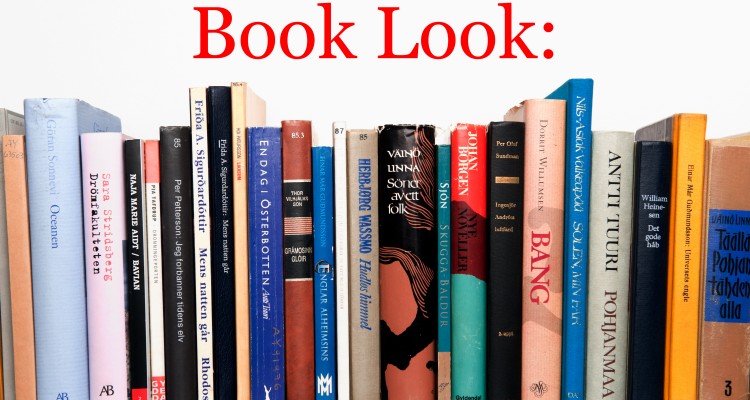Before even opening this book, I was privileged to experience a stream drawing session with Elaine Clayton. What many of us call “doodling,” Clayton terms “stream drawing,” or intuitive stream drawing. Upon sitting down with her, she asked me to form a question in my mind with emotional attachments or meaning. For example, I chose to question my future, specifically where I’ll find myself career-wise in the near future. She then told me to pick up the pencil with my non-dominant hand and close my eyes. After drawing one continuous line of random twists and shapes, I opened my eyes to find a mess of swirls and curves.
She began by asking what I saw in my drawing, particularly what images first came to mind when looking at the piece of paper. I immediately saw a dragon pointing to the right of the page, which she said was facing towards the future, after which I told her about the recurring dragon dreams I had been having. She said this could mean I am either thinking of a job or the working world as a “beast,” or that I have this strength inside me pointing towards the future. As we turned the paper around to view each angle, new images popped up like an Indian Scout, the number two and a dog. She then examined the images and feelings that sprang forth. It was a very emotional experience, one that helped me to delve into my intuitive, creative center.
Clayton’s new book focuses on this type of creative process. It begins by explaining the art and process of stream drawing, followed by the practice of reading and uncovering meaning in these drawings, which will lead you down a powerful path to self-discovery. Each chapter contains playful illustrations in the margins. She also includes examples of sessions she conducted with people in the past with color illustrations.
Reading about her experiences is enjoyable, as they often reflect the uncanny abilities of our intuition.
If you’re feeling blocked to new ideas or you are seeking answers to seemingly unanswerable questions, stream drawing is a great process that can take you back to a child-like state when your intuition was at its height. It doesn’t matter if you are not artistically inclined.
Stream drawing puts you in touch with your intuition and frees you of the rigidity of daily life.
Many of us who used to draw as children have now stopped due to busy lives or feeling “not good enough.” When Clayton asked me why I no longer draw, my response was part bewilderment, part feeling as if I wasn’t skilled enough.
Clayton argues that drawing is a fundamental part of our lives. By revealing our emotions and experiences, “stream drawing can calm the nerves and open the mind and heart to new self-acceptance.”
The next time one of your professors reprimands you for “doodling” in class, let him or her know that people actually retain 29 percent more information when they “doodle.”
Mark it on your calendar to come and meet Clayton at the Fairfield University Downtown Bookstore on Saturday, April 25 at 11 a.m. She will discuss her new book and conduct stream-drawing sessions.



Leave a Reply